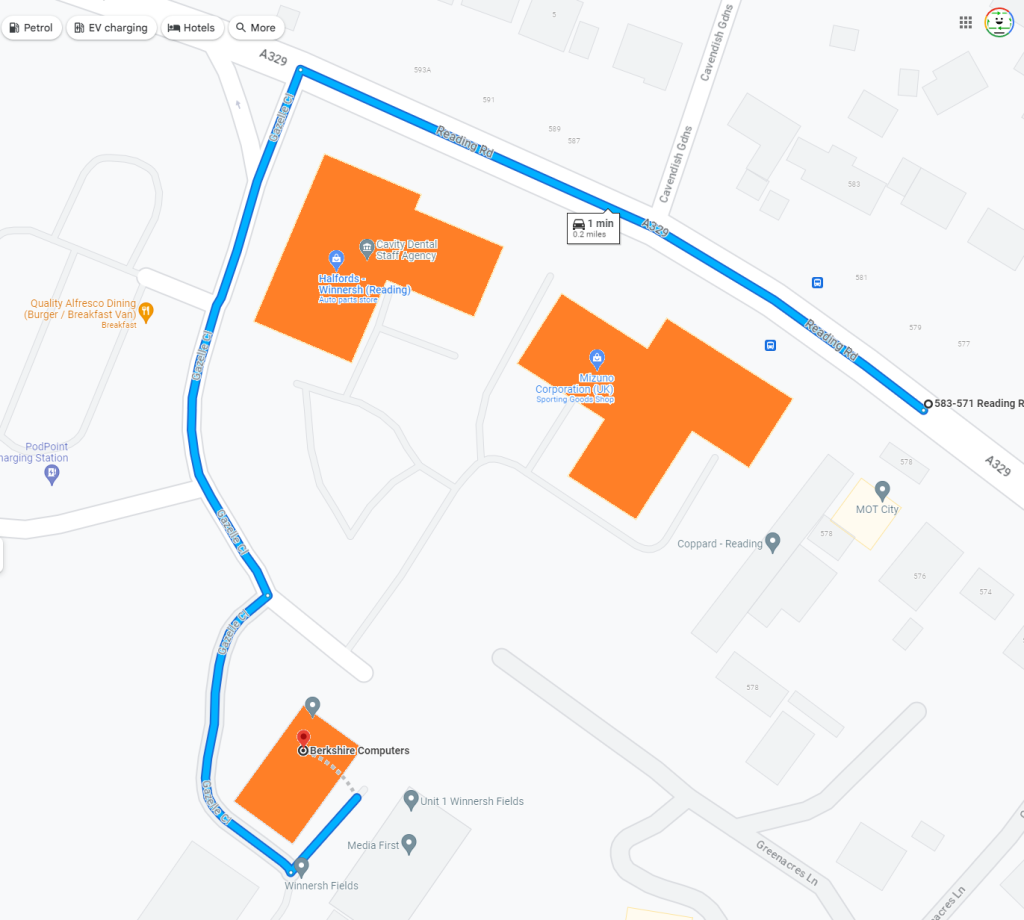Troubleshooting Wi-Fi Issues on Your PC: A Comprehensive Guide
If you’re experiencing Wi-Fi connectivity problems on your PC, you’re not alone. Many users face similar challenges, often leading to frustration when the internet appears to be working yet certain applications signal otherwise. In this blog post, we’ll explore common Wi-Fi issues and provide practical solutions to help you regain reliable internet access.
Understanding the Issue
Recently, I encountered a frustrating situation with my home Wi-Fi connection. My PC was successfully able to access basic websites like Google and streaming platforms like YouTube, indicating that a connection existed. However, despite this, the system persisted in displaying messages about lacking internet access. This duality can cause confusion and limits the functionality of various applications, such as VPN services and online gaming platforms like Minecraft.
Steps to Resolve Wi-Fi Connectivity Problems
-
Restart Your Devices: Sometimes, a simple reboot can solve connectivity issues. Start by turning off your PC and router. Wait for about 30 seconds, then turn them back on. This can help refresh your network connection.
-
Run the Windows Troubleshooter: Windows has built-in troubleshooting tools that can help identify and resolve common problems. Go to Settings > Update & Security > Troubleshoot > Internet Connections, and follow the instructions provided.
-
Check for IP Address Conflicts: Sometimes, your device may struggle to obtain an IP address from the router. To fix this, open the command prompt and type
ipconfig /releasefollowed byipconfig /renew. This will prompt your PC to request a new IP address. -
Update Network Drivers: Outdated or corrupted network drivers can lead to Wi-Fi issues. Visit your device manufacturer’s website or use Windows Device Manager to check for driver updates.
-
Disable VPN or Firewall Temporarily: If you use a VPN like NordVPN, temporarily disable it to see if that resolves the issue. Firewalls can also block connections, so check your firewall settings to ensure they are not overly restrictive.
-
Reset Network Settings: As a last resort, consider resetting your network settings. This option can usually be found in the network settings menu and will restore everything to default, requiring you to re-enter your Wi-Fi password afterward.
Conclusion
Wi-Fi problems can be bothersome, especially when they interrupt daily tasks and online activities. By following the troubleshooting steps outlined above, many users are able to resolve their connectivity issues effectively
Share this content:



